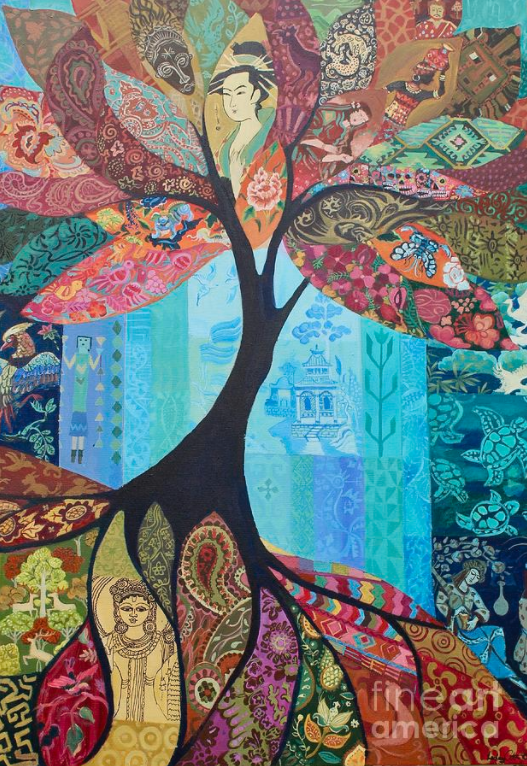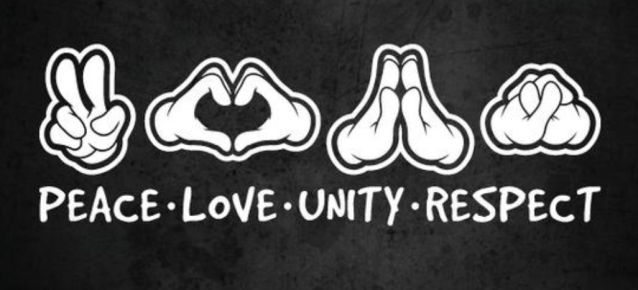By Angeliki Georgakopoulou,
How ready are we truly to welcome diversity, tolerate differences, and accept those around us? In recent history, the question that has challenged communities worldwide has been whether unity can exist within a heterogeneous society, without the threat or danger of uniformity and conformity.
To trace the origin of this concern, one has to take into account the change that societies have undergone, due to the rise in migration and the phenomena of globalization and technological advancement. This mass exchange of populations and rapid abolition of borders and distances has led to the formation of new hybrid societies, which face the issue of acceptance and tolerance of differences. These new societies, reinforced by the contribution of many cultures, ideologies, and religions, theoretically lead to a united but not fully unified community, governed by social cohesion and mobility.
Migrants are challenged with assimilating into the wider community, which prescribes the rules and norms that encompass their status quo. These are shaped by the respective majority, which accepts or excludes influences that are brought in by migrants. The limits of the “socially acceptable” are given and self-reproducing, thus creating a closed structure. Within this fixed framework, any new elements that enter must comply with and function in the already established environment.

As such, this compliance acquires the character of assimilation in an established system and implies the acceptance of the existing rules of conduct. The migrant, therefore, melts into society through a process of homogenization, which aims at the self-protection and self-regulation of each society by repelling any threat to social harmony.
However, within the context of this assimilation process, there are many dangers and consequences that must be taken into consideration. Modern societies seem to project social uniformity and compliance, instead of the harmonious coexistence of diversity. This pressure to assimilate may cause migrants to be entrenched around their ethnic identity and organized in ghettos, a situation which may trigger cultural conflicts in the long run. In these cases, the use of racist slurs and violence presents the process of assimilation as a vehicle for perpetuating inequalities, prejudices, nationalism, and social division.
Alternatively, progressive models of immigrant acceptance, in which migrants retain their indigenous cultures, should be adopted. Such models have already been noted in the United States and are called “salad bowl” and “symphony”. In this way, multicultural societies can retain their colorful character and enrich the elements of their country with the influences of immigrants, without this implying the alteration of the original culture. Such a perception of multiculturalism offers alternative proportions to ethnic interaction and creates more optimism with regards to ultimately attaining unity in diversity.




